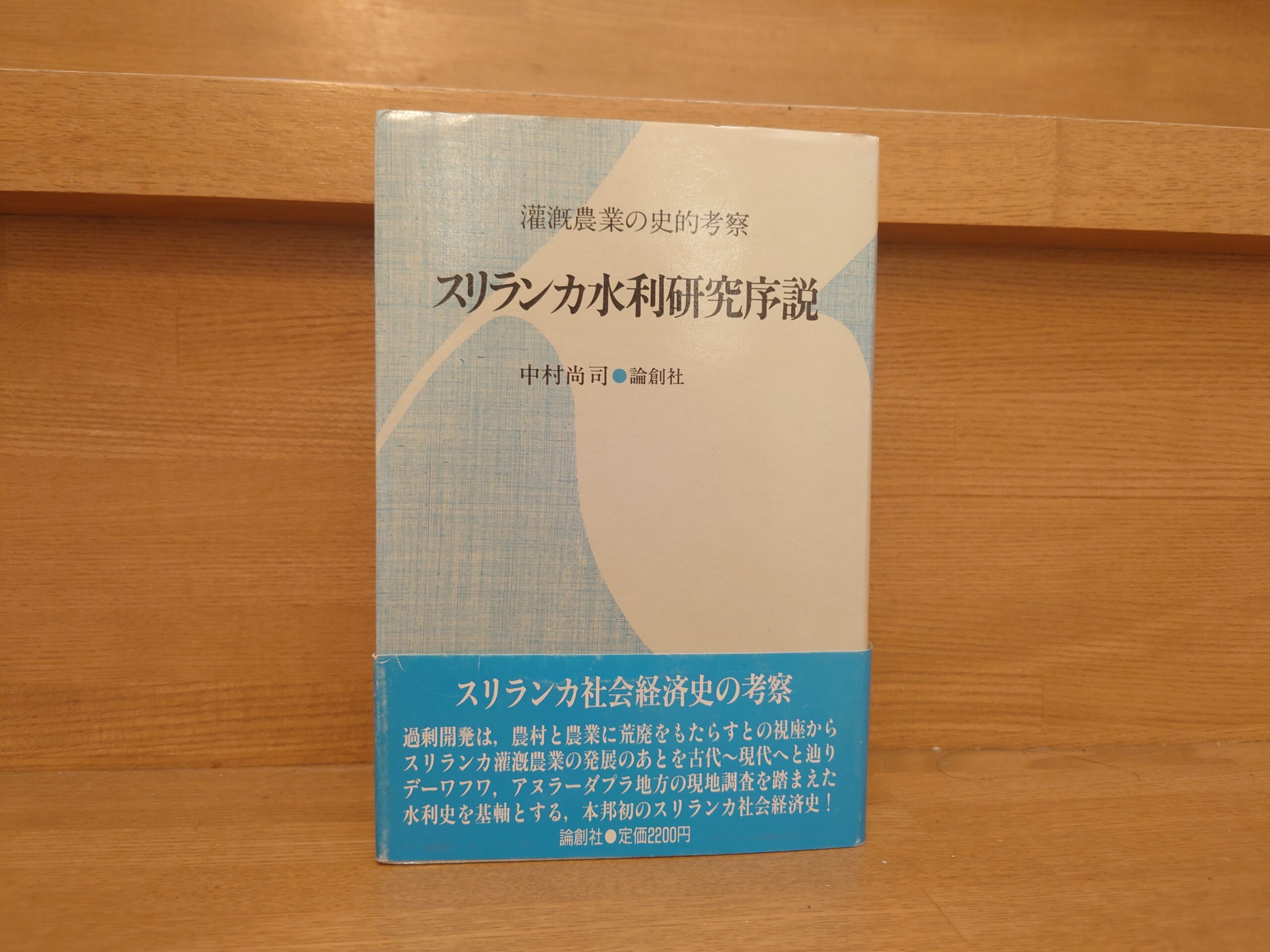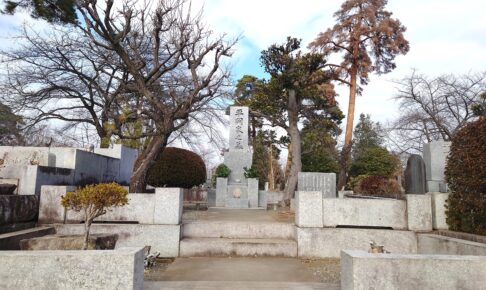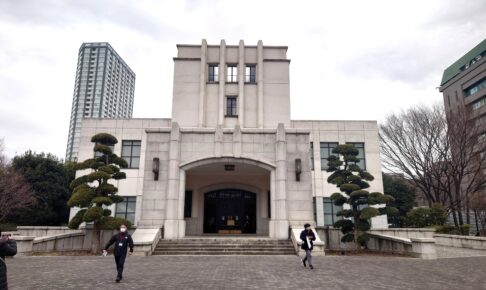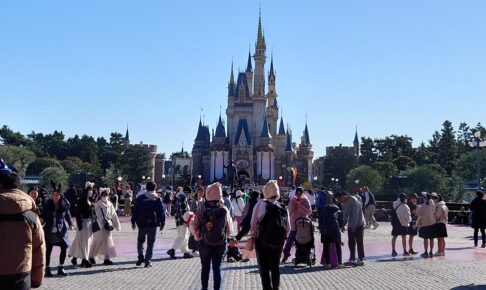Summary and Comments on "Introduction to the Study of Water Use in Sri Lanka: A Historical Study of Irrigated Agriculture" by Naoji Nakamura - Sri Lanka from the Perspective of Irrigated Agriculture. Recommended to learn about the history of advanced flood control that flourished in ancient times.
The book introduced here is "Introduction to the Study of Water Use in Sri Lanka: A Historical Study of Irrigated Agriculture" by Naoshi Nakamura, published by Ronsosha in 1988.
Let's take a quick look at the book.
A Study of the Socio-Economic History of Sri Lanka
This is the first socio-economic history of Sri Lanka in Japan that traces the development of irrigated agriculture in Sri Lanka from ancient to modern times from the perspective that overdevelopment brings devastation to rural areas and agriculture, and is based on the history of water use based on field research in the Dewahua and Anuradhapura regions!
From the obi of "Introduction to the Study of Water Use in Sri Lanka: A Historical Study of Irrigated Agriculture," by Naoji Nakamura, Ronsosha.
This book, "Introduction to the Study of Water Use in Sri Lanka - A Historical Study of Irrigated Agriculture," is, as the title suggests, a work that allows the reader to learn about the history of irrigated agriculture in Sri Lanka.
Sri Lanka has had advanced flood control technology for about 2,000 years, and its irrigated agriculture has been of vital importance to the nation's management.
Where there is technology, there is kingship. Where there is a kingdom, there is a religion." Advanced technology and the state that administers it are inseparable, and religion, which guarantees the legitimacy of that authority, is also involved.
So far I have been looking at Sri Lanka from a religious and political perspective, but in this book I will be looking at Sri Lanka from the angle of irrigated agriculture. I found this book very stimulating to see Sri Lanka from a different perspective.
This book will begin with an overview of Sri Lanka's history. You will learn about Sri Lanka's historical transition and how irrigated agriculture was involved in it.
Sri Lanka is a small island country about 80% the size of Hokkaido. However, the island has two completely different climates: the dry zone and the wet zone. As the name suggests, the difference is whether it rains a lot or not.
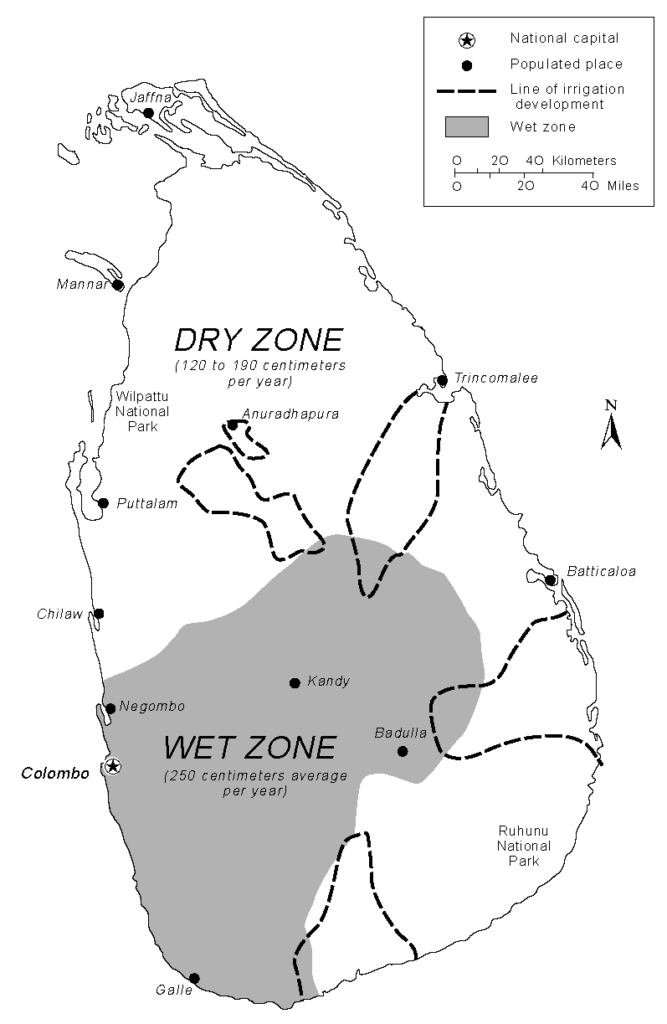
Colombo in the southwest and Kandy in the central highlands, both famous tourist destinations, are wet zones.
Irrigation technology was developed not in the wet zone but in the dry zone in the north where the ancient capital Anuradhapura is located. Sri Lanka has developed advanced technology because water is not always available. This book will take a detailed look at this transition.
And the relationship with colonial rule by the Dutch, British and others was also interesting.
The British took control of the whole of Sri Lanka in 1815, and plantationization accelerated at a rapid pace, but I realized once again that plantations and irrigated agriculture were two completely different types of agriculture. Plantations, which take advantage of the abundant water and tropical climate of the wet zone, are completely different from irrigated agriculture in areas where water is scarce, both in terms of the crops they produce and the agricultural methods used. It may seem obvious, but this is something that I had not been aware of until now.
This book reminded me of how plantation agriculture is a product of modernity and how special it is.
The book also discusses the actual situation of irrigation projects in Sri Lanka based on the author's field research and his observations.
It was a very exciting read, although I too laughed at the thought that I would be reading a book on "irrigation projects" when I was supposed to be learning about Sri Lankan Buddhism. It was a very exciting read. I could imagine that Buddhism was also rooted in the ancient world of Sri Lanka along with these irrigation projects. I would like to take a closer look at these Sri Lankan irrigation techniques when I visit the area.
The above is "Naoshi Nakamura, "Introduction to Sri Lanka Water Conservation Research" - Sri Lanka from the perspective of irrigated agriculture. Recommended to learn about the history of advanced flood control that flourished in ancient times".
Click here to read the previous article.
Related Articles












